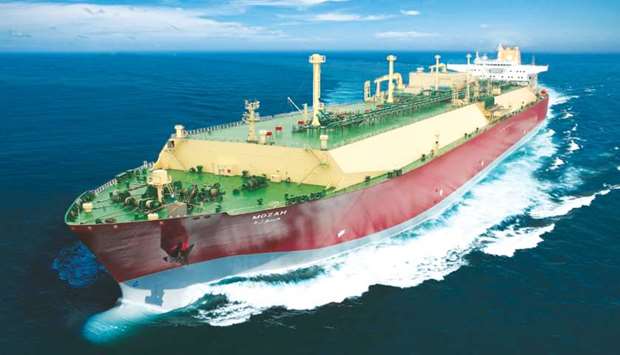Qatar may tap the debt market again in 2022-25, pending North Field expansion ramp-up, according to Fitch, an international credit rating agency.
"We expect that the government will likely issue new debt again in 2022-2025, pending North Field expansion ramp-up," Fitch said in its report on sovereigns in the Middle East and North Africa.
In its baseline scenario, Qatar uses its government reserve account to meet the funding needs and reduce the stock of debt by $20bn, on top of existing maturities, by end-2021 (although there are indications that the government may pursue a more gradual reduction), Fitch said .
In the baseline approach, Qatar's sovereign debt-gross domestic product (GDP) ratio is expected to increase to 67.7% by 2025 compared to an expected 63.9% in 2021 and QR75.8bn this year.
Recently, the Ministry of Finance, in its explanatory note presented along with the general budget for 2021, said the total public debt burden is expected to be lessened as a result of paying instalments due during the year, in addition to early redemption of some internal debts.
In an earlier report, Fitch had said Qatar intends to repay $20bn in debt by 2021, including more than $10bn this year, supported by precautionary fiscal reserves built up through $34bn in Eurobond issuances over the past three years.
In the latest report on the Mena sovereigns, Fitch said its baseline incorporates the assumption that Qatar’s capital spending will not return to pre-2020 levels, which in combination with moderate spending growth and tax reform leads to an eight percentage points narrowing and stabilisation in the NOPB (non-oil primary balance) by 2030.
"Qatar Petroleum’s returns will be subdued in 2022-28 as it deploys some of its cash flow to finance the expansion of North Field production, which could again deliver government surpluses from 2026, which we assume would be entirely invested (while maturing debt is refinanced)," it said.
The North Field expansion is expected to raise Qatar’s liquefied natural gas production capacity from 77mn tonnes per annum (Mta) to 110Mta by 2025 and 126Mta by 2027.
In this regard, works have already commenced, including a drilling campaign for 80 development wells, insulation of offshore well head jackets, along with the reservation of capacity to build ships to meet Qatar’s LNG fleet needs in the future.
Qatar has already secured approximately 60% of the global LNG shipbuilding capacity through 2027 to cater to its LNG carrier fleet requirements in the next seven to eight years, which could reach 100+ new vessels with a programme value in excess of QR70bn.
In this regard, the country’s hydrocarbon bellwether has inked agreement with three major South Korean shipbuilders: Daewoo Shipbuilding & Marine Engineering (DSME), Hyundai Heavy Industries (HHI) and Samsung Heavy Industries (SHI).
Fitch's stress case scenario represents only 50% implementation of North Field production expansion (for example due to a structural shortfall in demand) and flat nominal oil prices from 2021.
"In this case all additional funding needs are assumed to be met through debt issuance (reflecting the authorities’ revealed preference to maintain high gross asset levels despite high leverage)," the rating agency said.


